The Winni Harlows of India share stories of discrimination and how they learnt to be comfortable in their own skin

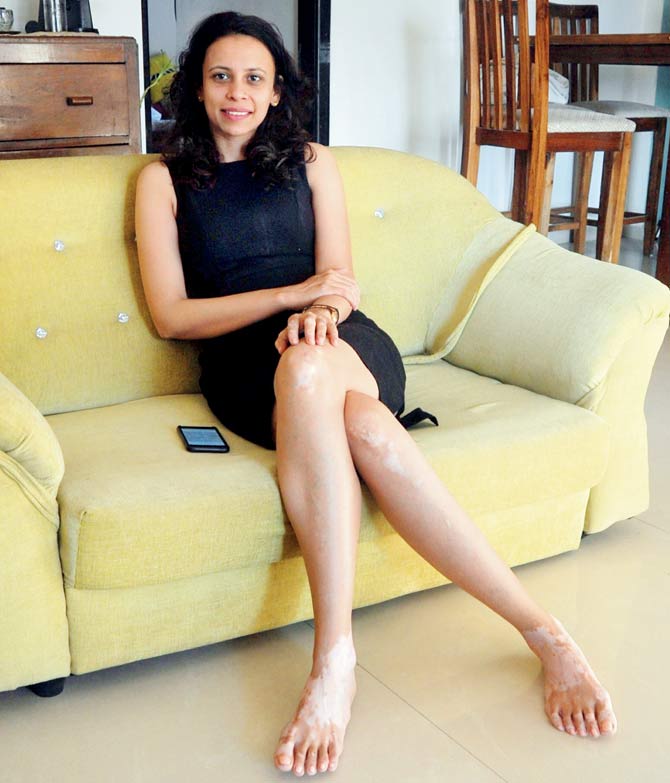
Aditi Goel. Pic/Sameer Sayed Abedi
ADVERTISEMENT
Chef Aditi Goel, 30, remembers coming home on several afternoons from school, weeping. Those were days she would have endured remarks such as, "if you drink the same water as her, you may get the same disease". It was her father who would sit down and tell her, "You are a tiger with two colours".

Ninu Galot
Goel and her father both suffer from vitiligo, a condition where skin pigment cells called melanocytes, are destroyed in patches. In India, living with the condition can mean being ostracised, stared at, given unsolicited advice and sympathised with since you are now unlikely to find a partner. The fact that the condition is not communicable, can be reversed in some cases, is not painful or life threatening, doesn't reduce the stigma surrounding it.
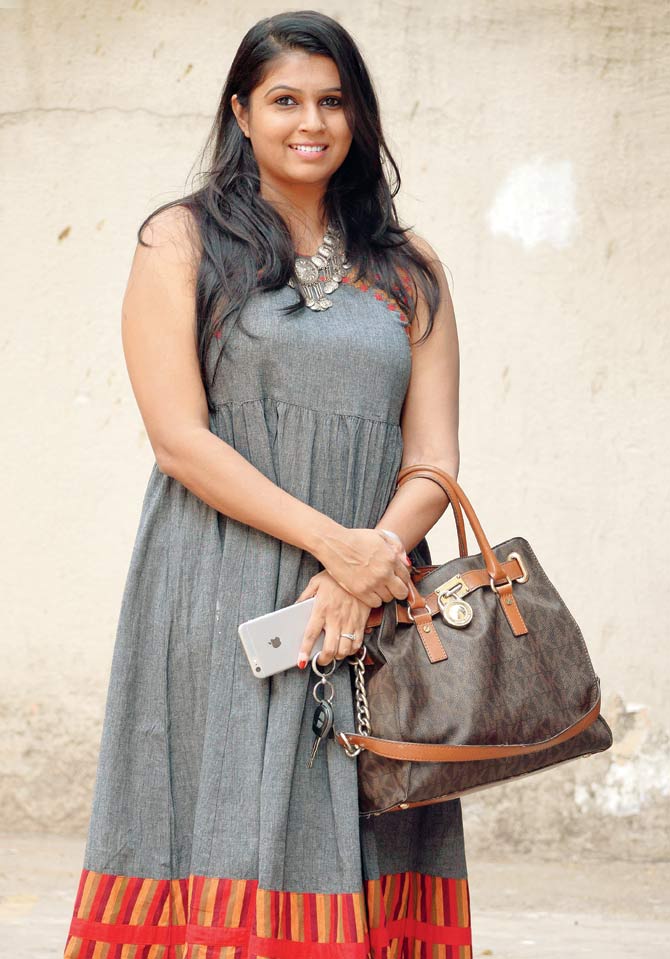
Komal Lath. Pic/Ashish Raje
But, like model Winnie Harlow, who famously appeared on America's Next Top Model with vitiligo patches marking her face, India is beginning to see acceptance from those who live with the condition and embrace it.
Goel runs Food-E: Culinary Experts, a startup that offers consultation to restaurants, and has previously been a food stylist with Masterchef India. Vitiligo struck her at the age of two; a genetic condition since both her father and paternal uncle had it. It took almost 15 years of steroid therapy for the patches to fade from her face. The marks on her torso, knees, feet and hands remain. "I was a grumpy teenager since steroids would play havoc with my mind and body. But then it got better. The last few years threw up a different challenge since I was trying to find a partner. Rejection was commonplace. But I am getting married now, to someone I met through my friends," she says.
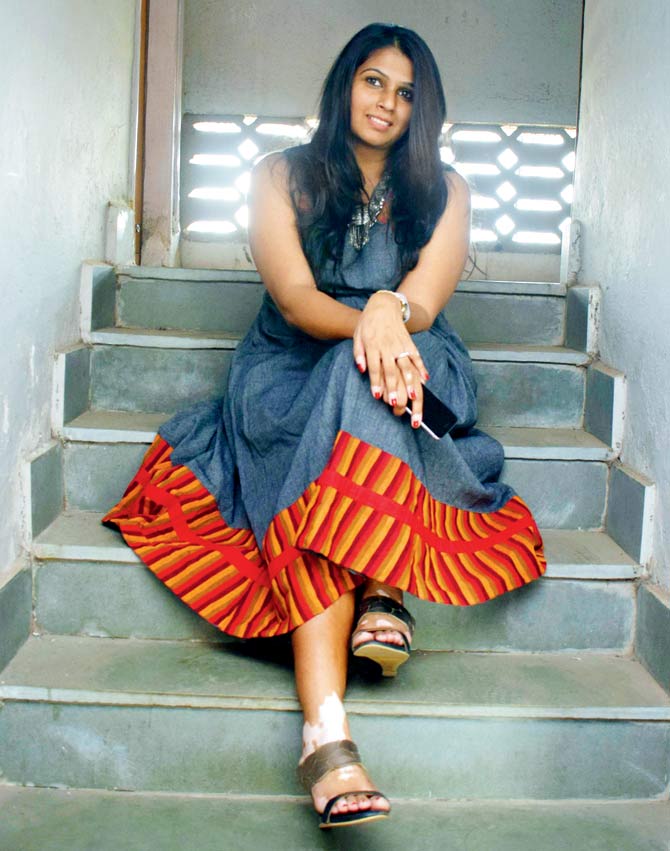
Komal Lath
Although her career, and time spent counseling other vitiligo survivors, has added a positive spark to her life, the hard days come once in a while. "I had a low point just two weeks ago, when a magazine I was shooting videos for wanted to get a hand model for the shots where I was making my recipes, because the patches on mine wouldn't have been aesthetic." A chat with them later, Goel convinced them to let her do the close-ups while agreeing to use hand make-up.
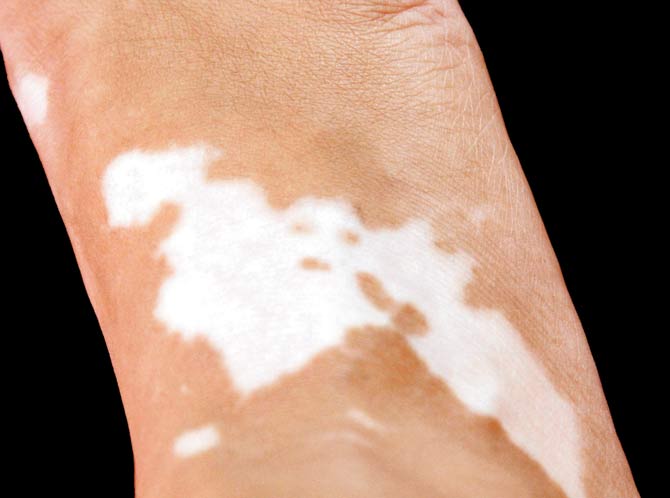
For Komal Lath, founder of Mumbai-based public relations firm Tute Consult, the hardest day came when she didn't get a job and the employer said to her, "look at you!" That also was the point when she stopped caring about reactions. The 32-year-old has lived with the conditioned since she was 13, and says it spread quickly over her body. She would balk at the idea of going out, and never attended family functions. "People kept asking me if I was contagious".
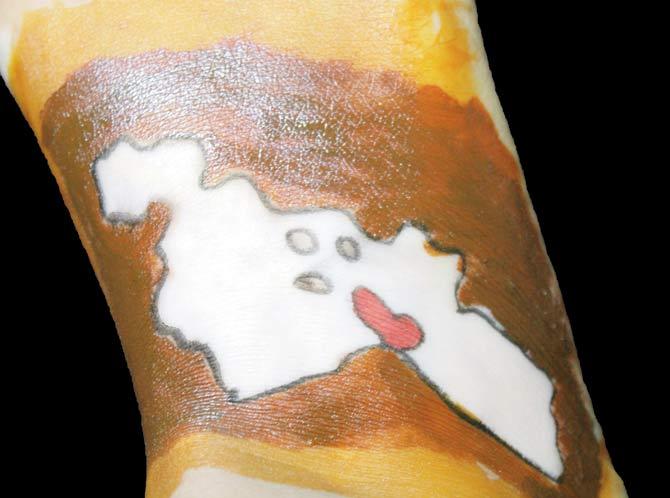
Kartiki Bhatnagar turns her white patches into art
Lath says she visited close to 60 specialists and has tried everything from wearing protective gems to changing her diet (she was on a besan-only diet for six months) and even steroids. "It was when I went to MICA in Ahmedabad to study, that things changed. People didn't stare and I realised it was all good." This is also where she met her husband. "When I started working, and as I met more and more people outside of my circle, I acquired more confidence. I learnt that my skin doesn't affect anything."
In fact, some women with vitiligo are using their condition to tell their story. Fitness athlete Ninu Galot, a British Indian from Redding, is prepping for her next fitness contest scheduled for April. She stood fourth in the last one, when she walked the ramp in a sparkling blue bikini and high heels, and hopes to better the win this time. "When I went on stage, it liberated me — I finally became free of vitiligo," says the model who noticed her first patch at age 11, and by 20 she had it all over her body. She traveled to Milan to try a special UV treatment which worked for a while, and as she says, "got me addicted." But one day, as she sat having lunch with her aunt, she saw new patches on her hands. "That's when I knew I had to embrace the condition. It was time. I had to control my life, not vitiligo."
Like her, Delhi girl Kartiki Bhatnagar, all of 17 years, is using her condition to express herself creatively. Last year, when a friend on Snapchat commented on the shape of the patch on her foot, and said it was the shape of the Apple logo, Bhatnagar decided she would use her condition creatively to send out a message. She used paint to colour the patches, and put up pictures of her art on her personal blog.
"I have done all kinds of things to get rid of them, including waking up at the crack of dawn to apply an ayurvedic paste that needed to catch the first rays of the sun. But now, like my blog advocates, I have embraced life.
The key then could be acceptance and loving yourself as you are, and, as Goel says, putting things in perspective. "I always tell others with the condition, 'don't show the world that you are scared or bothered. Go cry in the bathroom, and then put on a brave face before the world. The world sees you as you see yourself'."
Download the new mid-day Android and iOS apps to get updates on all the latest and trending stories on the go
 Subscribe today by clicking the link and stay updated with the latest news!" Click here!
Subscribe today by clicking the link and stay updated with the latest news!" Click here!






